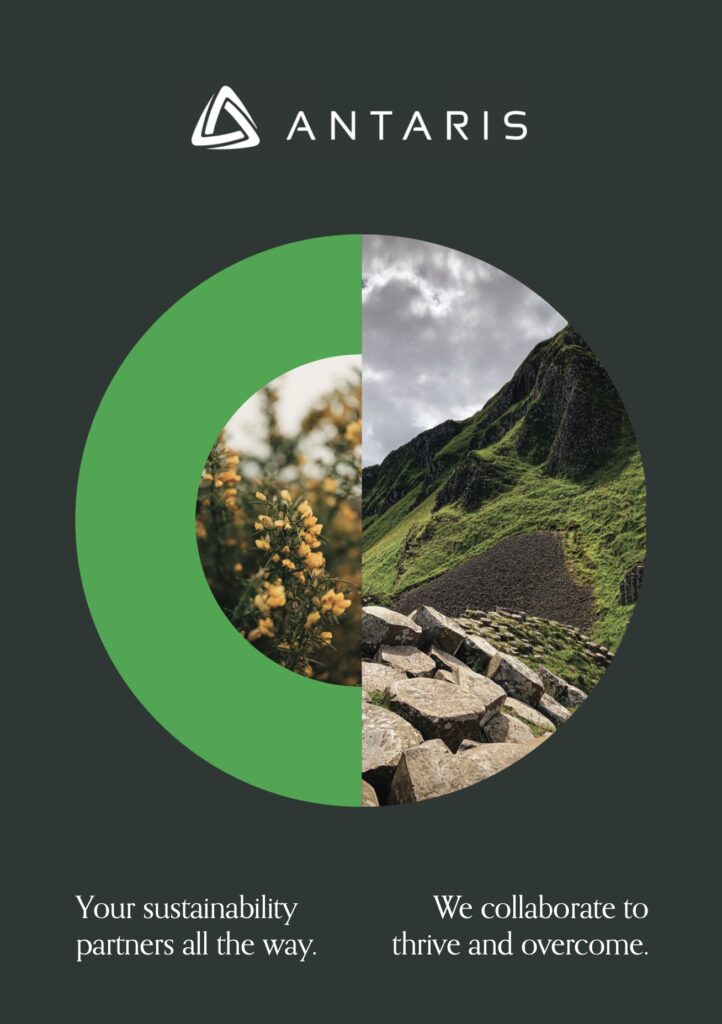Embedding Sustainability: Making It Real, Relevant, and Rewarded in Business
1.Making Sustainability Part of the Way We Do Business
One of the biggest challenges with sustainability in businesses today is how it’s often treated, like it’s a nice bonus or an add-on, rather than a core part of the business. But the truth is, most companies are already engaging with sustainability without even realising it. Think about health and safety practices, caring for your customers, or being mindful of your community. These are all part of sustainability.
The key is to stop thinking of sustainability as something separate. It needs to be woven into the fabric of your business strategy. That means understanding how your business impacts the environment and society, and recognising the risks and opportunities that come with those impacts.
When you really dig into those impacts and start managing them, you’re not just “doing sustainability”, you’re running your business better. At its core, sustainability is just good management. It’s about making smarter, more informed decisions that set your business up for success in the long run.
2.Selling the Benefits of Sustainability to Make It a Priority
One of the big reasons sustainability can stay stuck on the backburner is because people don’t have a clear understanding of the benefits it brings to the business. If you want to make real changes, you’ve got to be able to sell those benefits and that means tailoring your message to different audiences.
For example, business development teams might care about what customers want. Certifications, badges, or sustainability credentials can set you apart from competitors and give you an edge. HR, on the other hand, might be more focused on attracting and keeping top talent. Younger generations want to work for companies with purpose; organisations that are making a positive impact on the world.
And then you’ve got your EHS (Environmental, Health, and Safety) folks. They’re naturally into things like environmental stewardship and health and safety improvements, so sustainability aligns with their goals.
The key is understanding what matters most to each group and framing sustainability in a way that speaks to their priorities. When people can see how it directly benefits their work and the business as a whole, it’s much easier to make sustainability a real priority.
3.The Trap of Assuming Things Will Stay the Same
Another big mistake I see companies make when it comes to sustainability is assuming that the world won’t change. It’s easy to fall into this mindset; things have been pretty stable for a while, so we naturally expect business as usual to continue. In particular the amount of (frankly very welcome) legislation coming from Europe will have a major impact costing time and resources. But some things are changing fast and with all changes there are winners and losers. Climate in particular is a looming and growing threat that most companies are woefully underprepared for. There are things that companies can and should be doing now to prepare for the changes, but too many are not.
But when things do change, like supply chain disruptions or extreme weather events linked to climate change, it can leave businesses scrambling. That’s when the cracks start to show.
The key is to have an eye on the stay agile; being able to keep an eye on the bigger picture, manage risks as they come up, and pivot quickly when things shift. It’s not easy, but it’s going to be critical for businesses to adapt and stay ahead as these challenges grow and evolve.
Implementing and integrating
4.Closing the Gap Between Planning and Action
A common challenge I see is what I call the “translation-implementation gap.” Lots of companies understand the need to make sustainability a bigger priority. They might even bring in consultants to help map out the big picture. And that’s great – it’s essential work.
The problem is when all that work just sits in a shiny report or gets reduced to some colourful SDG icons on the company website. That’s where it falls flat. If the business keeps running as usual, what was the point?
The real magic happens in implementation. It’s about taking that vision or strategy and turning it into tangible, documented changes. Sustainability isn’t just about values; it’s about showing those values in your KPIs, workstreams, budgets, and targets.
Everyone in the organisation should know what they’re doing, why it matters, and how they can do their part to help the company reach its sustainability goals. You need to tie it into your exiting ways of doing things w That’s how you make it real.
5.Aligning What You Say With How You Measure Success
If a company says sustainability is important, it’s crucial to back that up by changing how success is measured and rewarded. The truth is, people will focus on what gets measured and rewarded, so if those systems are still based on the old way of doing things, it’s no surprise when behaviours don’t change.
For example, imagine a company claims it’s prioritizing reducing carbon emissions, but their sales team is still being rewarded purely on hitting aggressive sales targets without considering how much travel or energy-intensive activities are involved. If a salesperson racks up flights and hotel stays to close deals, they’re following the incentives set by the old system, even if it’s at odds with sustainability goals.
Or think about a production team. If the company says reducing waste is a priority but continues to reward teams for output volume above all else, they’re likely to cut corners on waste reduction initiatives to hit those targets.
Even HR can fall into this trap. A company might say diversity and inclusion are key parts of their sustainability strategy but still measure recruiters solely on how quickly they fill positions rather than looking at the quality or diversity of the hires.
The point is, if you want people to work differently, you need to update what you’re measuring and rewarding. That might mean introducing KPIs for emissions reductions alongside sales targets, rewarding teams for improving efficiency or reducing waste, or tying leadership bonuses to achieving sustainability milestones.
When the way you measure success reflects your sustainability priorities, it sends a clear message: This isn’t just talk – this is how we do business now.
Written by: Bruce Harper
(Senior sustainability consultant)


